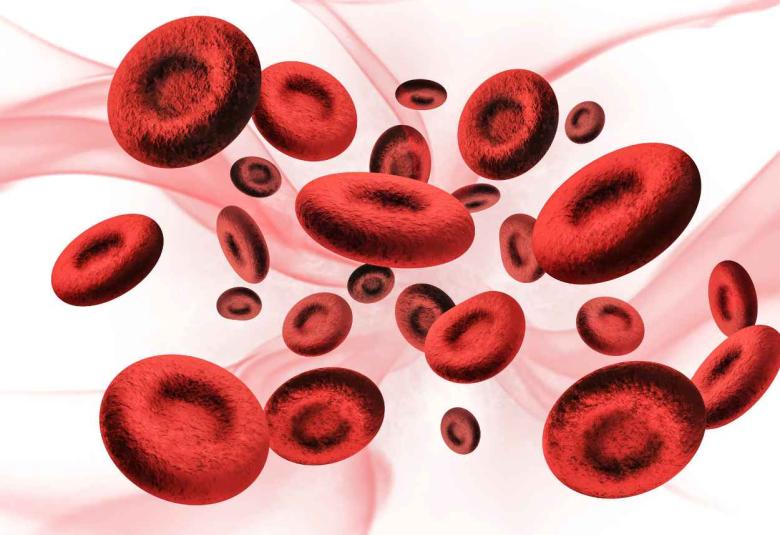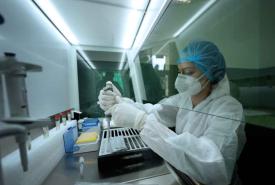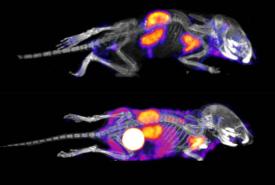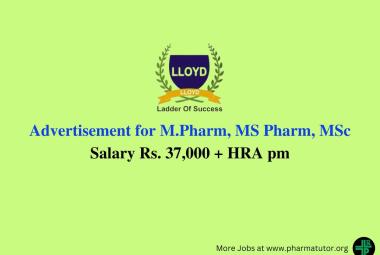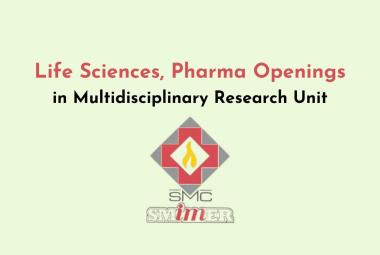Precursor of Cholesterol Protects Cells From Ferroptosis
In a groundbreaking study, a team led by Würzburg Professor José Pedro Friedmann Angeli has shown that the cholesterol precursor 7-dehydrocholesterol (7-DHC) plays a crucial role as an antioxidant: it integrates into the cell membranes and protects the cells by preventing a certain type of cell death, known as ferroptosis.


